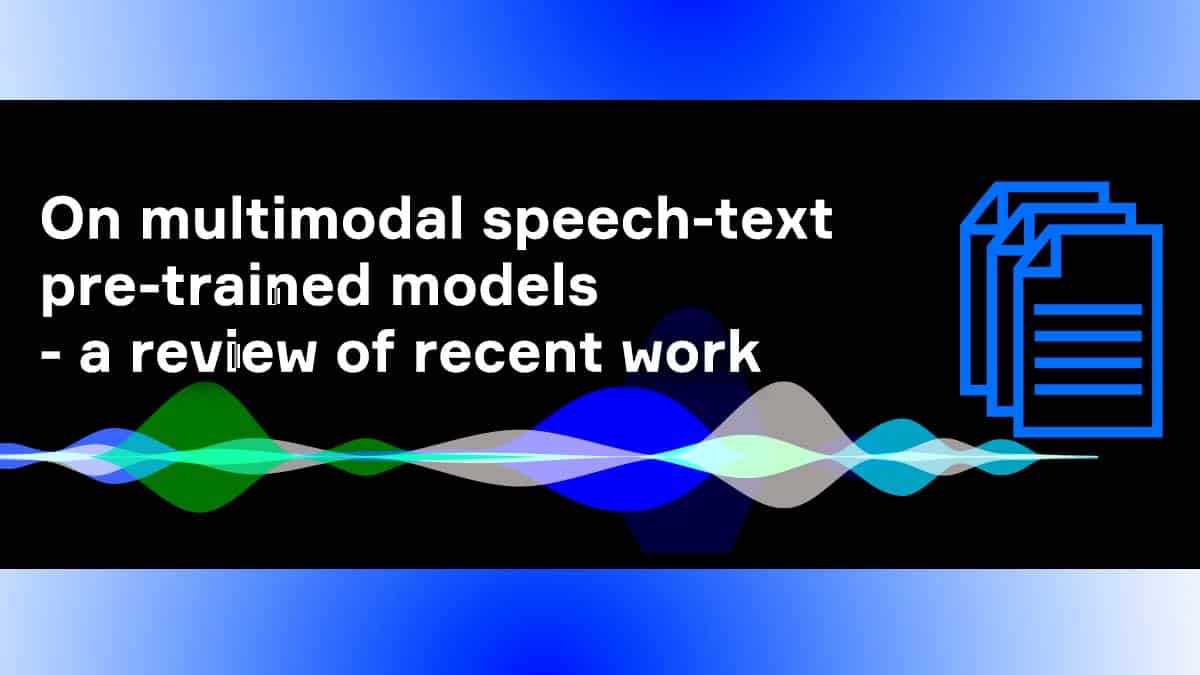Multimodal pre-training is a method of training a deep learning system to recognize a variety of data sources and modalities, including text, audio, video, and images. It is used in several applications such as natural language processing, computer vision, information retrieval, and unsupervised learning.
The general idea behind multimodal pre-training is to train a single model on a large and diverse dataset. This allows the model to learn from multiple modalities, giving it more robustness and flexibility. The model learns a general representation for several datasets, allowing it to perform well on tasks such as classification, translation, and sentiment analysis.
State-of-the-art models such as BERT and GPT-3 are based on multimodal pre-training. These models are pre-trained on large datasets composed of images, audio, and text. This allows them to be quickly adapted to a variety of tasks and applications.
The advantage of multimodal pre-training lies in its ability to generalize across a wide range of tasks. As such, it is increasingly being used in fields such as natural language processing, computer vision, information retrieval, and unsupervised learning.
The disadvantage of multimodal pre-training is that it requires significantly more compute power and data compared to traditional machine learning models. This means that these models are generally prohibitively expensive to train.
Multimodal pre-training is quickly gaining traction in the deep learning field and a variety of industries. Researchers and developers alike can benefit from its ability to be quickly adapted to a range of tasks, and its robustness in recognizing multiple modalities. While the upfront cost of training these models may be high, the long-term rewards far outweigh the drawbacks.






